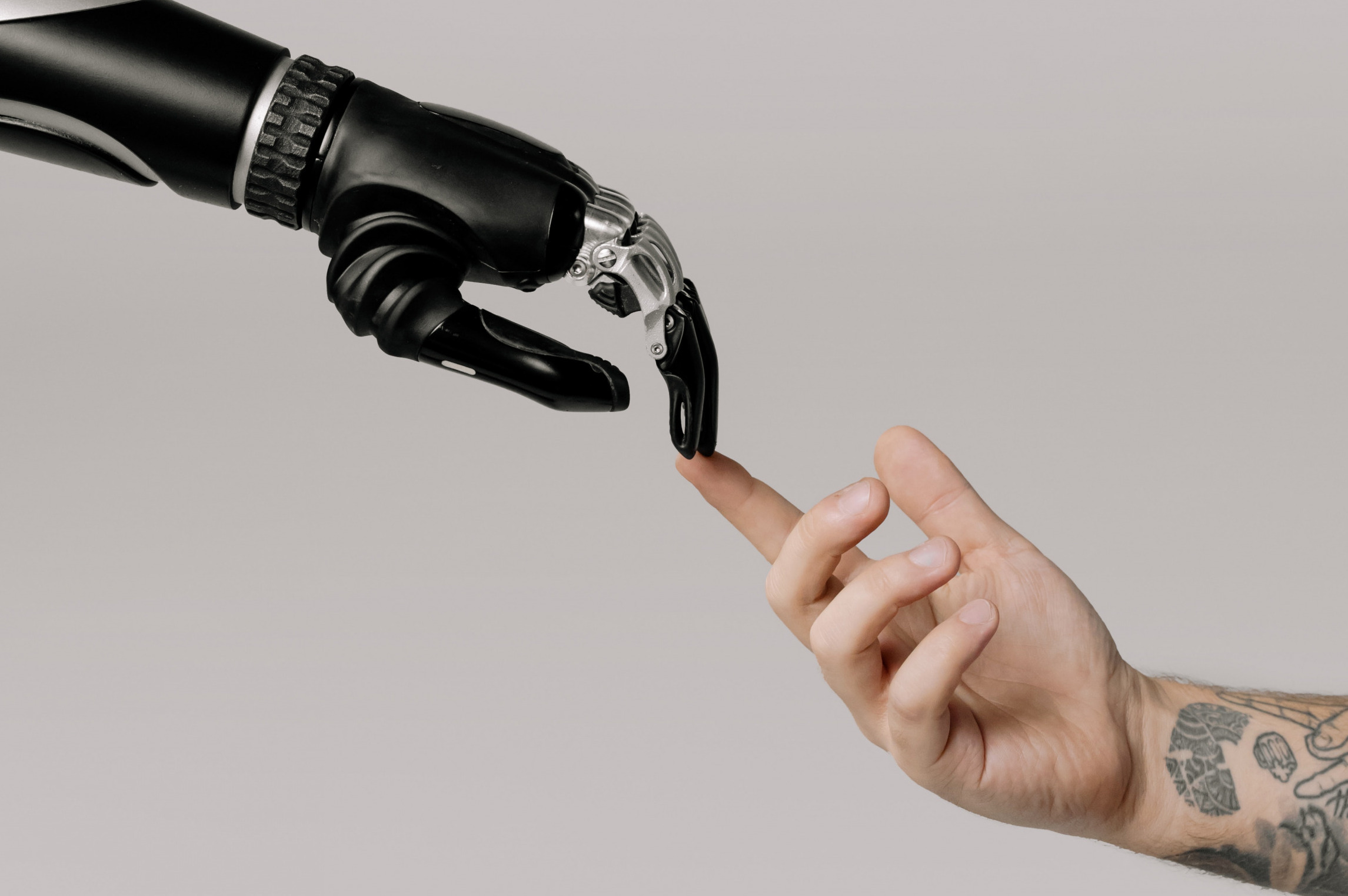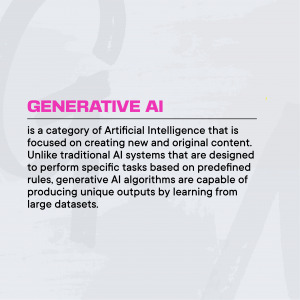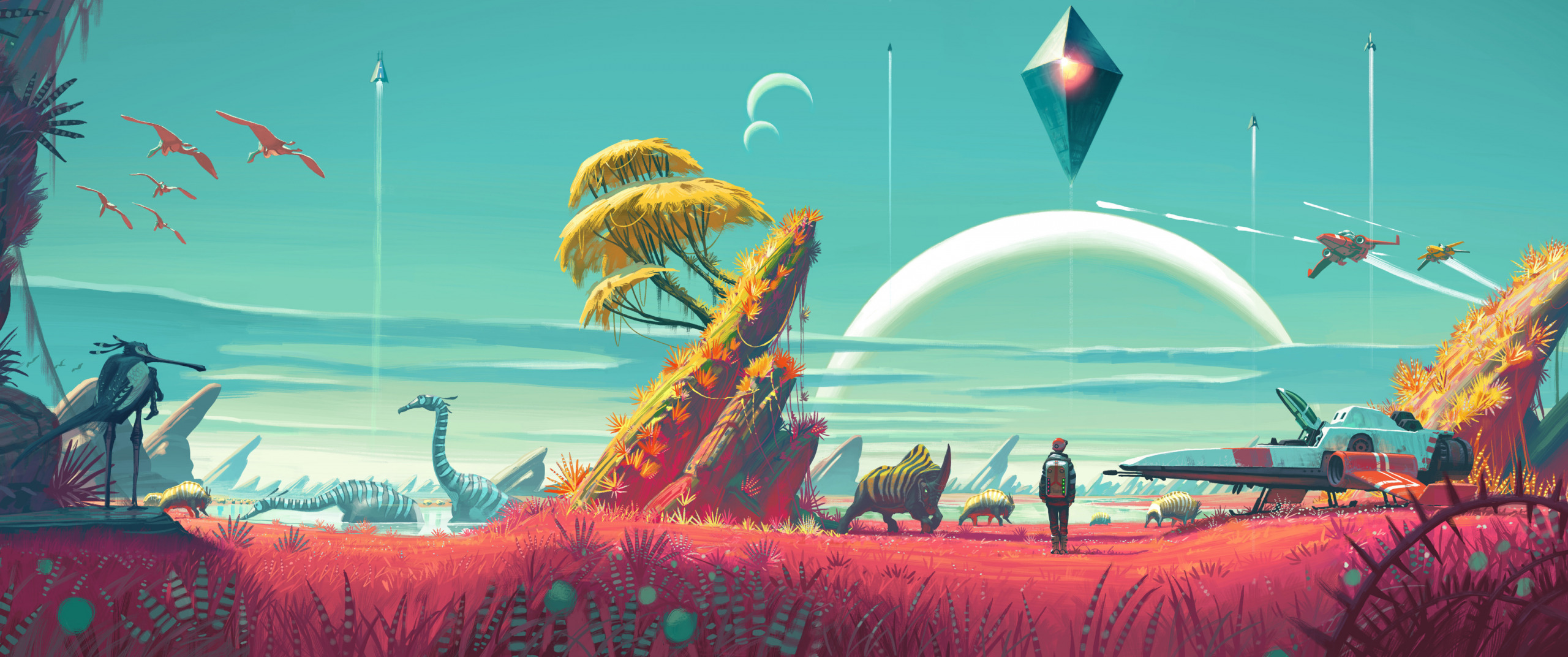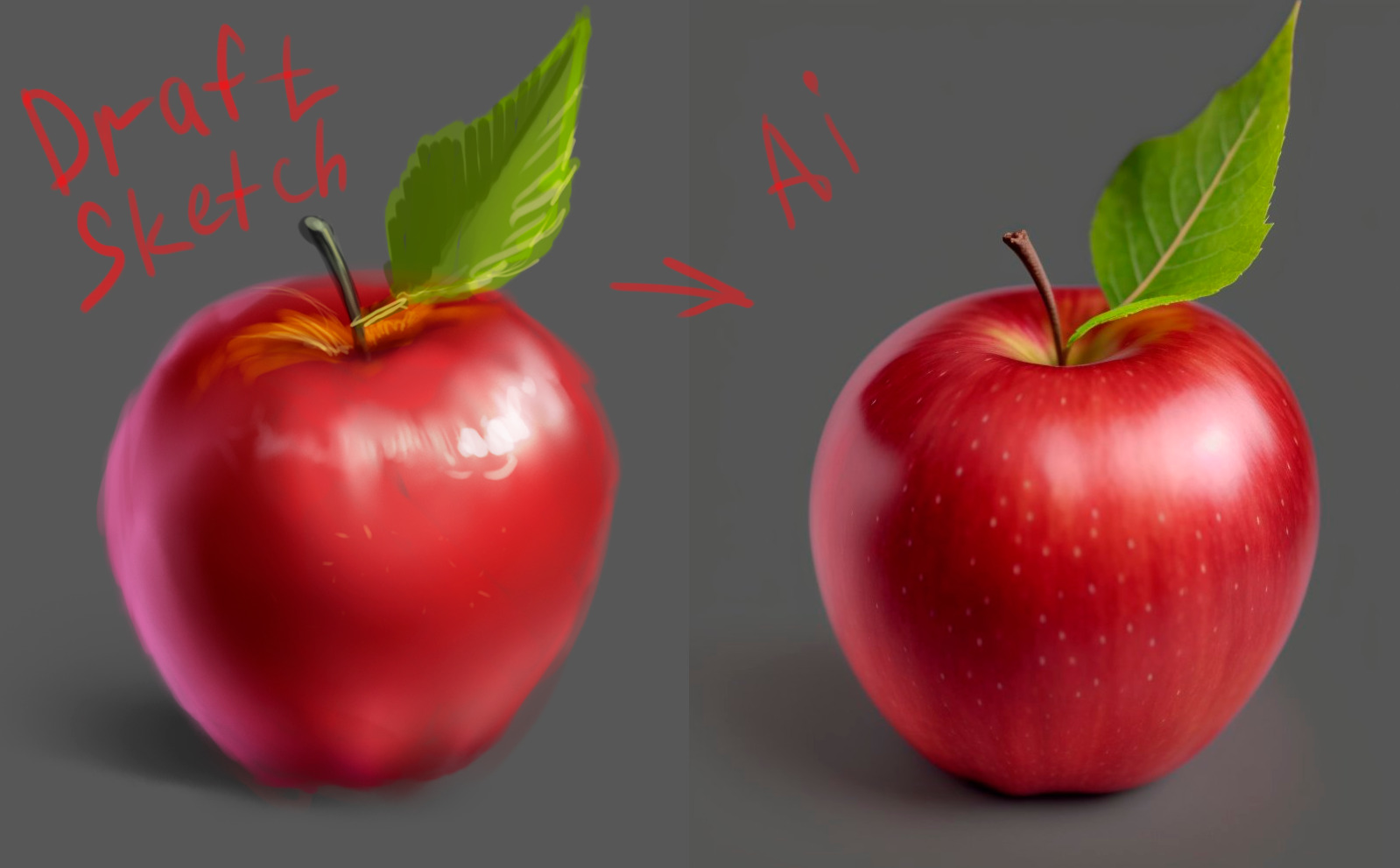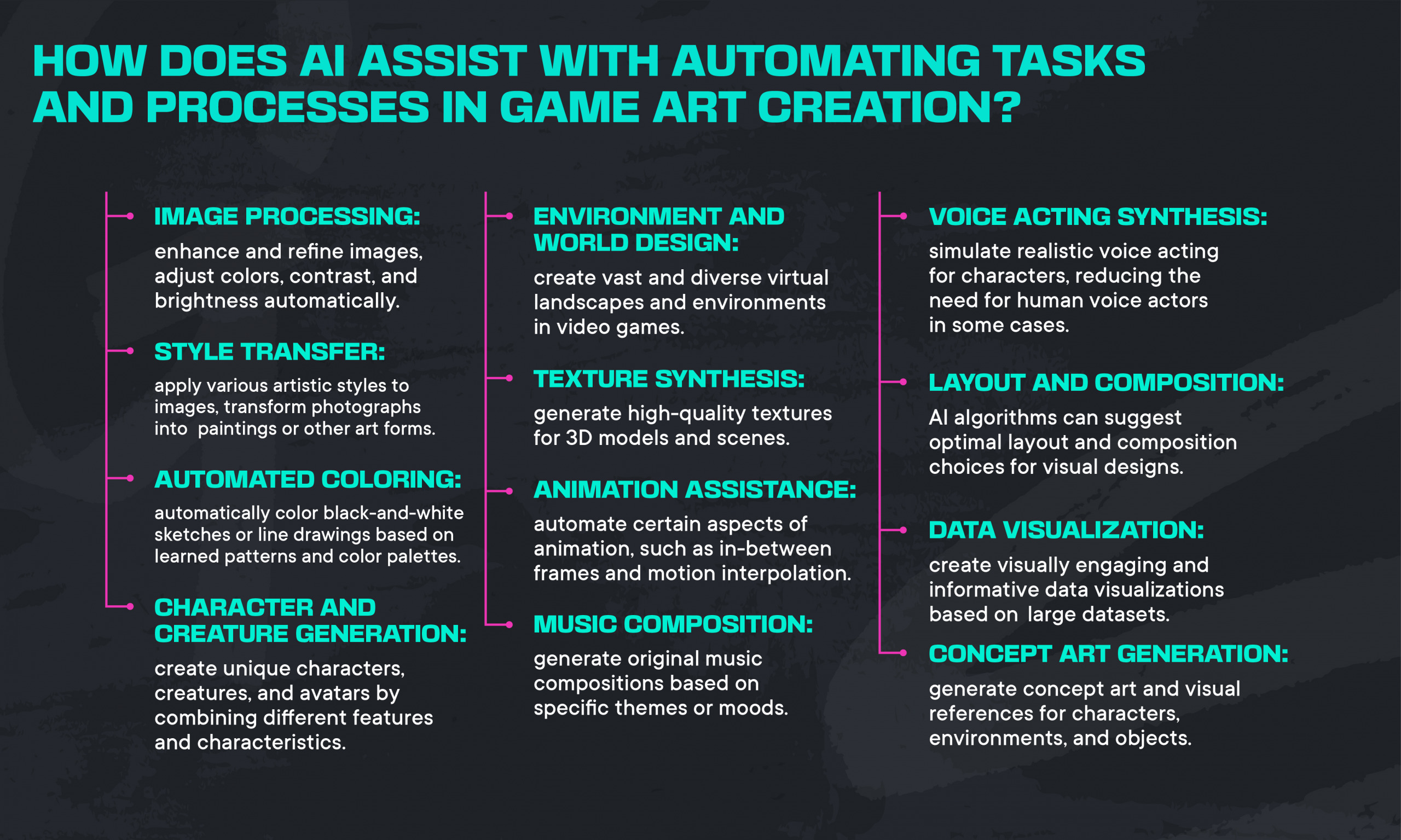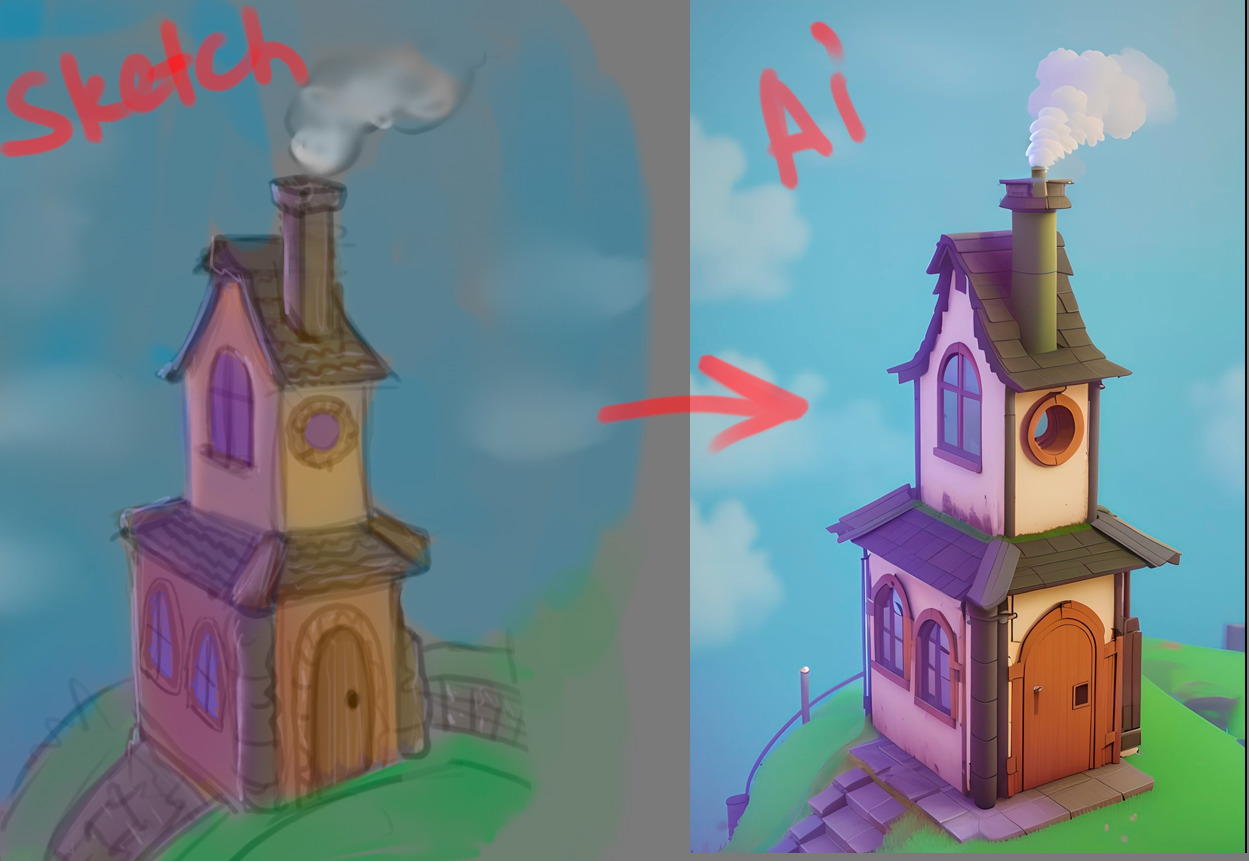(This article is a fusion of human expertise and AI-driven refinement.)
TL; DR: The integration of AI in game art creation brings immense potential, automating tasks, boosting efficiency, and expanding creativity. However, it poses ethical challenges like bias, copyright, and the balance between AI and human creativity. Innovecs showcases how neural networks elevate art quality while maintaining human skill.
Ahh, efficiency. What a beautiful concept.
Humans are always looking for ways to make things more ‘efficient.’
And why shouldn’t we? Efficiency is like a secret ingredient that makes everything better.
It’s the reason we have fast computers, quick internet, and all the amazing technology that surrounds us.
From simple daily tasks to complex projects, efficiency is the key that unlocks the door to a world of possibilities, enabling us to achieve more, explore further, and create wonders beyond imagination.
The pursuit of efficiency has been the driving force behind the origins of Artificial Intelligence (AI).
While modern AI has its roots in classical philosophers’ efforts to understand human thinking, the field of AI wasn’t formally founded until 1956. As AI evolved, its capabilities expanded exponentially, and it found applications in various industries, transforming the way we live and work.
Today, AI is an integral part of our daily lives, from virtual assistants like Siri and Alexa that make our tasks easier, to recommendation algorithms that personalize our online experiences. AI usage has become so ubiquitous that we hardly notice its presence, as it seamlessly integrates into our digital world.
Recently, Artificial Intelligence has been making waves across industries, and the world of gaming is no exception.
The integration of AI into the artistic process at studios like Innovecs has led to elevated visual quality, accelerated task completion, simplified reference searches, and expanded artistic capabilities.
“One of the key advantages of using neural networks is the ability to enhance the quality of the final product”, says Daniil Kondratenko, a talented 2D artist at Innovecs. “We can achieve a high level of detail, create realistic effects, and preserve the original style and concept.”
This harmonious synergy between human imagination and machine intelligence has opened doors to unparalleled possibilities, shaping a new era where artistry and technology entwine.
________________________________
As the world stands on the precipice of unknown artificial advancements, artists like Daniil are boldly confronting critical questions:
- How does the integration of AI in game art creation streamline the creative process?
- In what ways does AI-driven automation enhance efficiency?
- What benefits does AI bring in terms of generating procedural content, such as landscapes, characters, and assets?
- What ethical considerations arise with the rapid development of AI art?
- In what aspects does the combination of AI and human creativity foster a collaborative and synergistic approach?
In this blog, we’ll explore the transformative role of AI in video game art creation, and how neural networks, procedural generation, and AI-driven design tools have redefined the artistic landscape.
